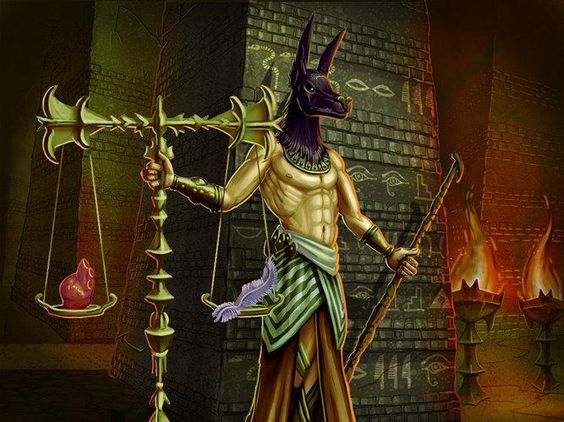Page xxx
These elementals are the principal agents of disembodied but never visible spirits at seances, and the producers of all the phenomena except the subjective.
ELEMENTARY SPIRITS. — Properly, the disembodied souls of the depraved; these souls having at some time prior to death separated from themselves their divine spirits, and so lost their chance for immortality. Eliphas Levi and some other kabalists make little distinction between elementary spirits who have been men, and those beings which people the elements, and are the blind forces of nature. Once divorced from their bodies, these souls (also called “astral bodies”) of purely materialistic persons, are irresistibly attracted to the earth, where they live a temporary and finite life amid elements congenial to their gross natures. From having never, during their natural lives, cultivated their spirituality, but subordinated it to the material and gross, they are now unfitted for the lofty career of the pure, disembodied being, for whom the atmosphere of earth is stifling and mephitic, and whose attractions are all away from it. After a more or less prolonged period of time these material souls will begin to disintegrate, and finally, like a column of mist, be dissolved, atom by atom, in the surrounding elements.
ESSENES — from Asa, a healer. A sect of Jews said by Pliny to have lived near the Dead Sea “per millia saeculorum” — for thousands of ages. Some have supposed them to be extreme Pharisees; and others — which may be the true theory — the descendants of the Benim-nabim of the Bible, and think they were “Kenites” and “Nazarites.” They had many Buddhistic ideas and practices; and it is noteworthy that the priests of the Great Mother at Ephesus, Diana-Bhavani with many breasts, were also so denominated. Eusebius, and after him De Quincey, declared them to be the same as the early Christians, which is more than probable. The title “brother,” used in the early Church, was Essenean: they were a fraternity, or a koinobion or community like the early converts. It is noticeable that only the Sadducees, or Zadokites, the priest-caste and their partisans, persecuted the Christians; the Pharisees were generally scholastic and mild, and often sided with the latter. James the Just was a Pharisee till his death; but Paul or Aher was esteemed a schismatic.
EVOLUTION. — The development of higher orders of animals from the lower. Modern, or so-called exact science, holds but to a one-sided physical evolution, prudently avoiding and ignoring the higher or spiritual evolution, which would force our contemporaries to confess the superiority of the ancient philosophers and psychologists over themselves. The ancient sages, ascending to the UNKNOWABLE, made their starting-point from the first manifestation of the unseen, the unavoidable, and from a strict logical reasoning, the absolutely necessary creative Being,
Page xxxi
the Demiurgos of the universe. Evolution began with them from pure spirit, which descending lower and lower down, assumed at last a visible and comprehensible form, and became matter. Arrived at this point, they speculated in the Darwinian method, but on a far more large and comprehensive basis.
In the Rig-Veda-Sanhita, the oldest book of the World (to which even our most prudent Indiologists and Sanscrit scholars assign an antiquity of between two and three thousand years B.C.), in the first book, “Hymns to the Maruts,” it is said:
“Not-being and Being are in the highest heaven, in the birthplace of Daksha, in the lap of Aditi” (Mandala, i, Sukta 166).
“In the first age of the gods, Being (the comprehensible Deity) was born from Not-being (whom no intellect can comprehend); after it were born the Regions (the invisible), from them Uttanapada.”
“From Uttanapad the Earth was born, the Regions (those that are visible) were born from the Earth. Daksha was born of Aditi, and Aditi from Daksha” (Ibid.).
Aditi is the Infinite, and Daksha is dakska-pitarah, literally meaning the father of gods, but understood by Max Muller and Roth to mean the fathers of strength, “preserving, possessing, granting faculties.” Therefore, it is easy to see that “Daksha, born of Aditi and Aditi from Daksha,” means what the moderns understand by “correlation of forces”; the more so as we find in this passage (translated by Prof. Muller):

Moe is the founder of GnosticWarrior.com. He is a father, husband, author, martial arts black belt, and an expert in Gnosticism, the occult, and esotericism.

![How another contrarywise before his death saw a book containing his sins, which was shown him by devils [704-709 A.D.] | Book 5 | Chapter 12 How another contrarywise before his death saw a book containing his sins, which was shown him by devils [704-709 A.D.] | Book 5 | Chapter 12](https://www.gnosticwarrior.com/wp-content/plugins/contextual-related-posts/default.png)



